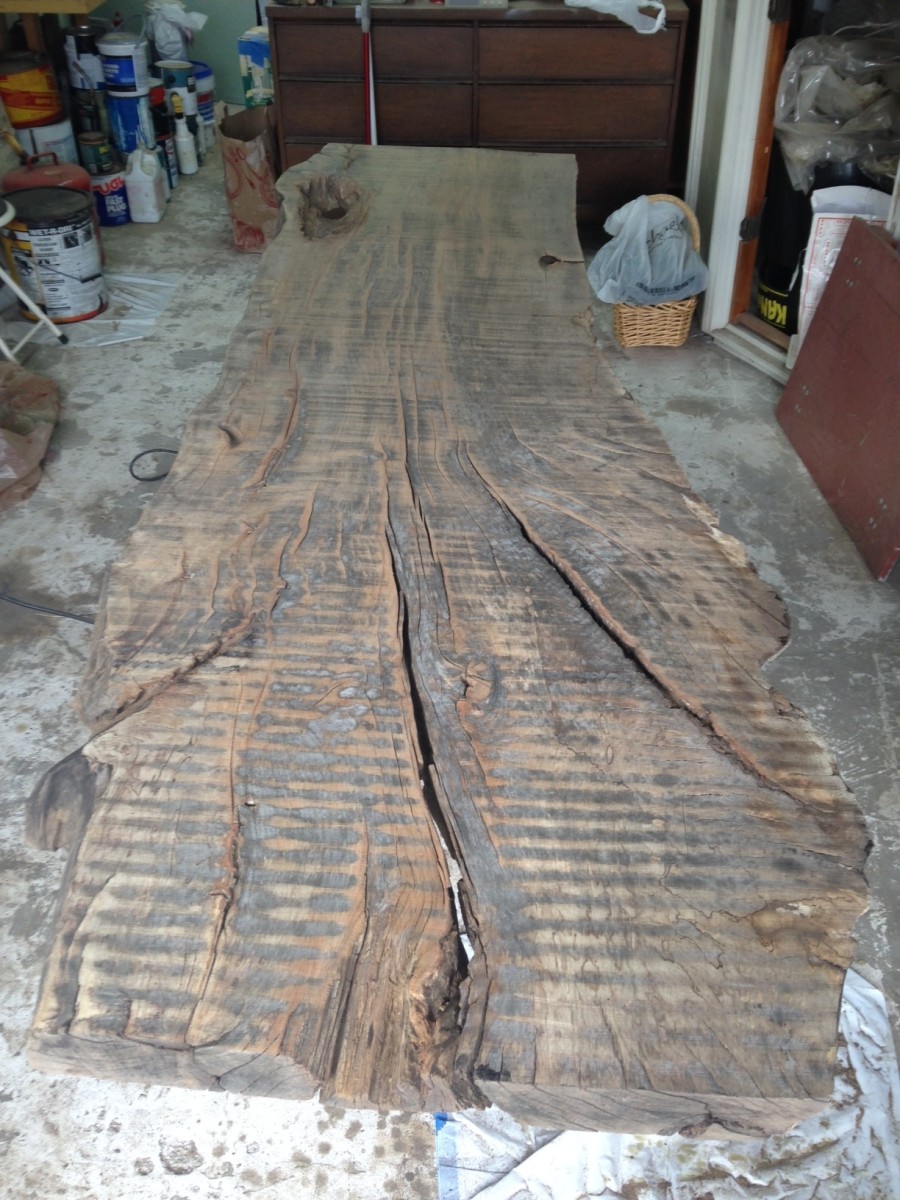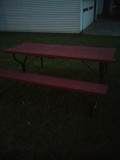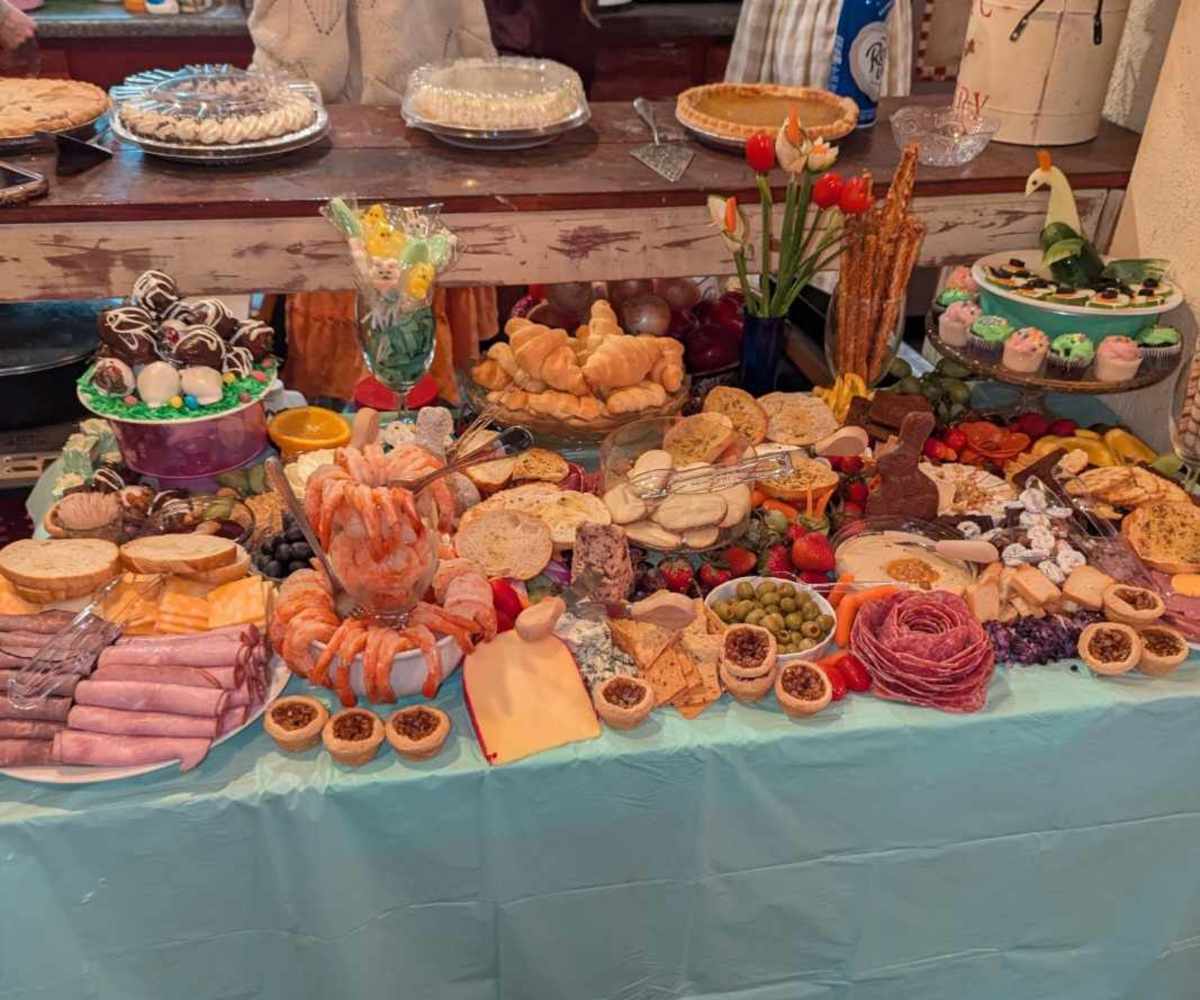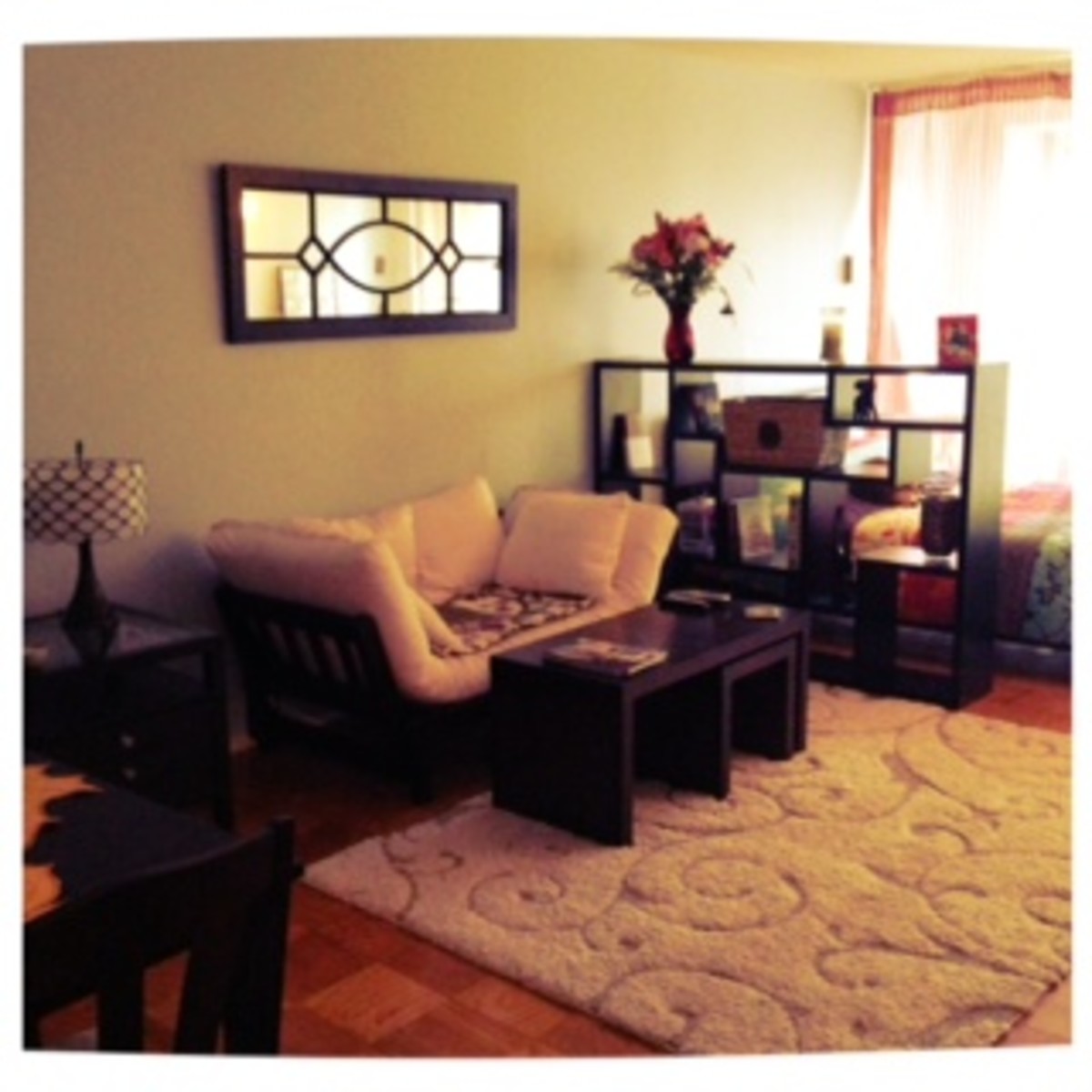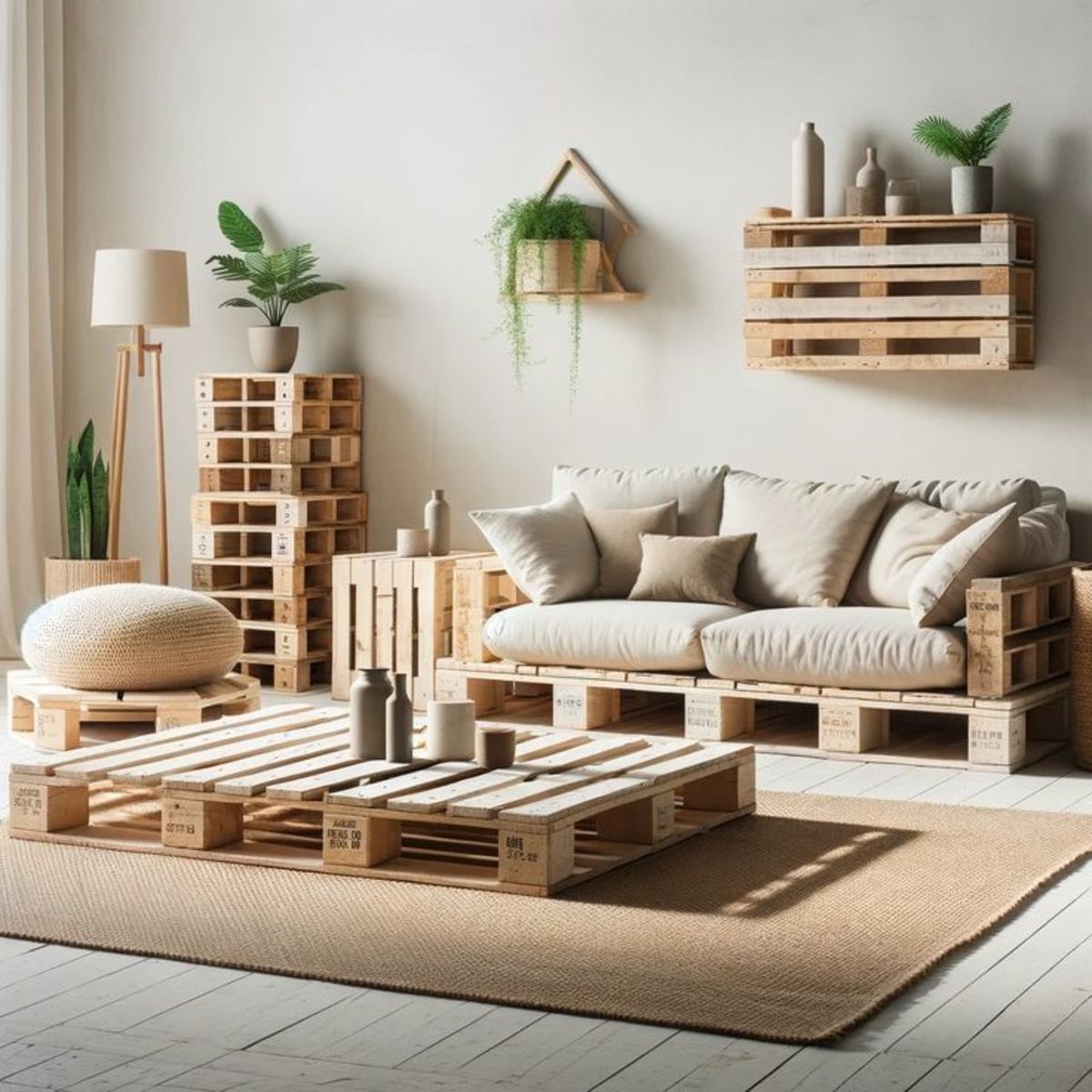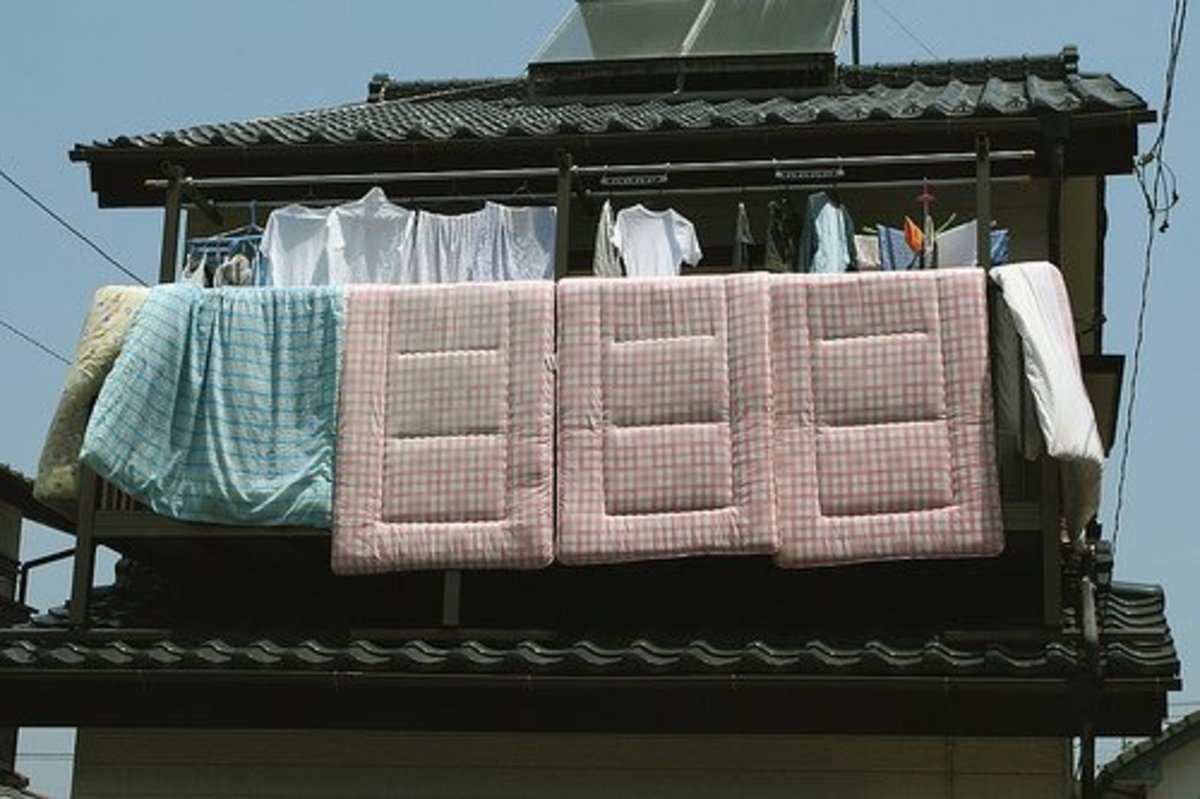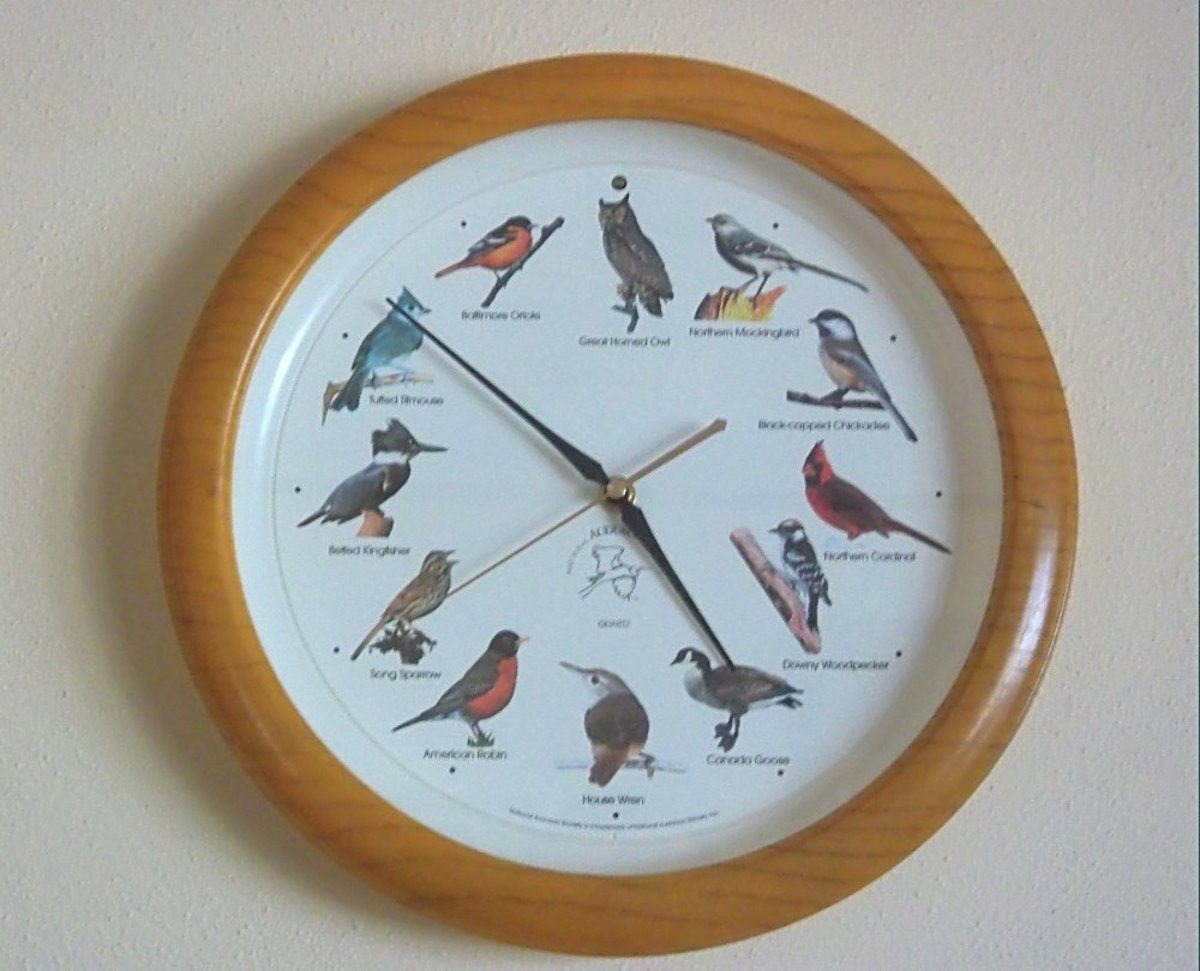Home Furnishing: How to choose a suitable table cloth
Which material should I choose for covering my table
Eating has been very important in our life from the very beginning. However,decorating dining table became an art . A well decorated table can make the company of family and friends, or colleagues a memorable event.
Decorating tables depends on the purpose of doing it. It also depends on the location of the table, and if it will be used day or night.
White table cover will be my first choice if it will be used day or night. The difference might be in various decorative pieces that give a certain atmosphere to the place.
Just white for all purposes
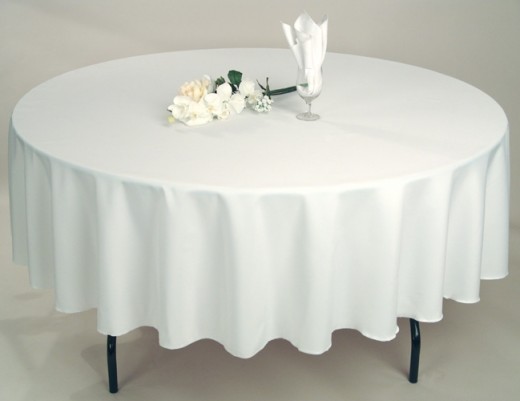
Different materials for different purposes
Your table design might includes fresh flowers and foliage. Table cloth can be made of variable fabrics, but the best fabric used ever for day table covering is cotton . It's better to choose 100% cotton fabric. It might be plain or decorated with some digital or hand-made decorations.
Digital decoration of a white cotton table cloth
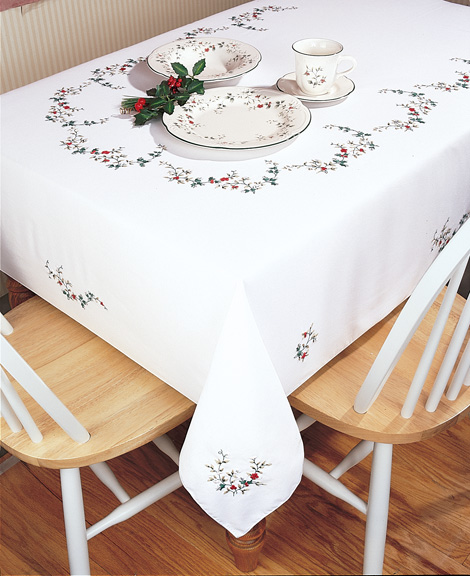
How to protect table cloth
You can use a clear transparent cover over the white cloth. This will protect the white cloth, which attracts stains very fast that are very difficult to clean.
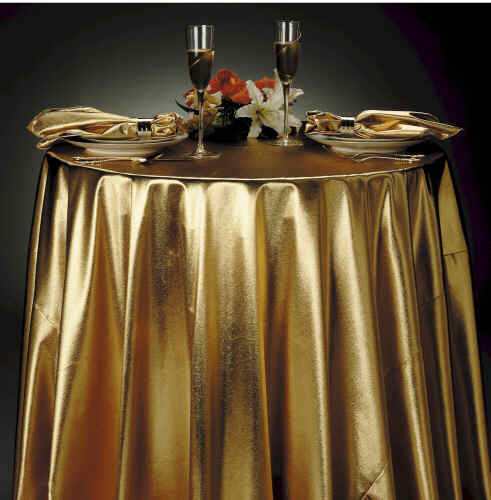
Weding table cloth
For weding table, a fine nice looking fabric is used. We can also use white coloured cloth and decorate it with organza. We can also use golden colour which reflects taste and value.
White table cloth decorated with organza
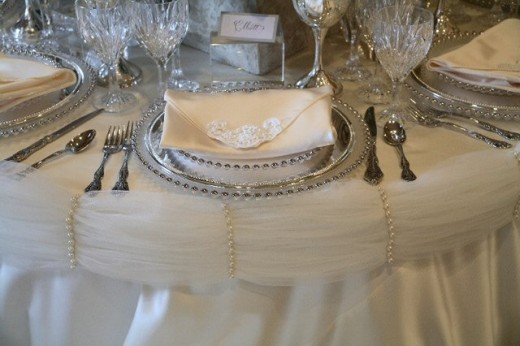
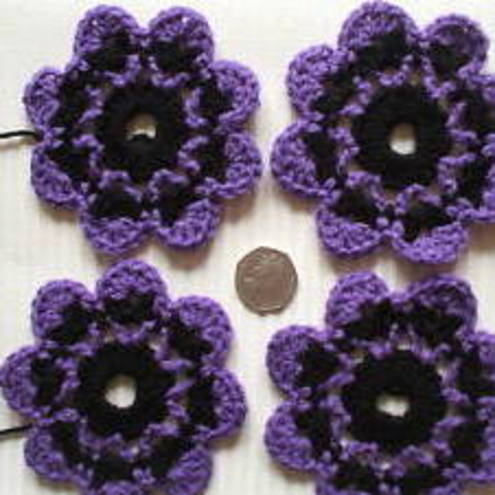
How to craft your table cloth manually?
To craft a tablecloth, you will need suitable fabric, gauge structure, and directions. You'll need gauge start at 5 inches diameter or.
1- To start, use the 5" gauge to creat large motifs. Start by adding 8 chain stetches to meet with a slipstitch. Form the sphere, move to round one and continue through to reach round eight, until you come to the smaller motif.
2- Stich five chains to meet with your double crochet and the chains you created. In your ring, double crochet and chain stitch two rows working up to eleven stitches/doubles and slipstitch into the third chain at the start of your first chain and leave three spaces as you work to round two.
3- Add a slipstitch to start another space.
4- Stetch the motifs into the edges of the cloth at equal spaces "Divide by 8"
See the structure in the photo.

